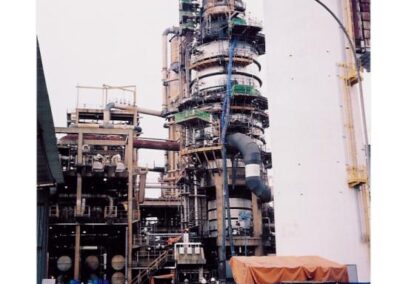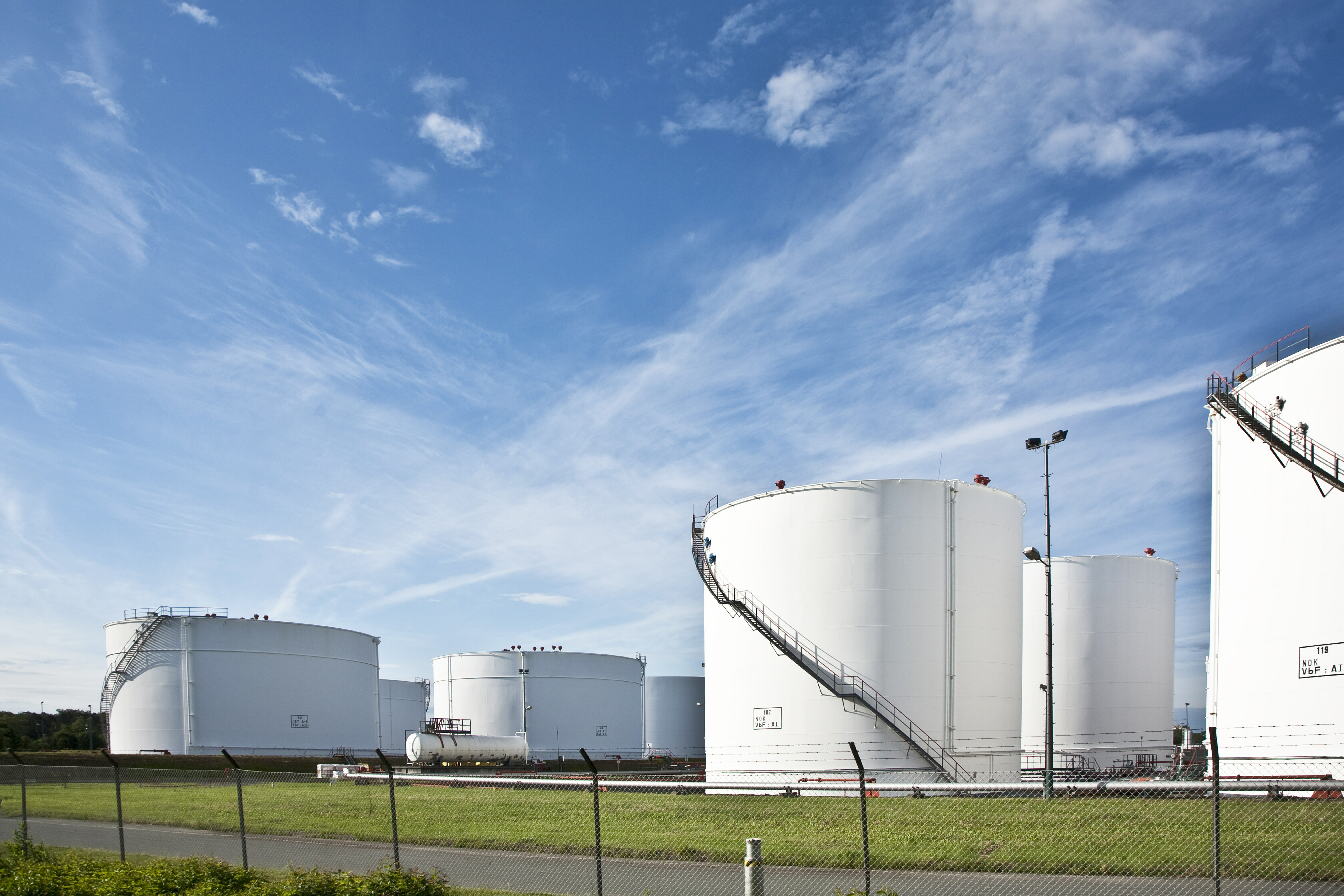Case History
Decontamination outage time reduced by 75% for sour water tank cleaning by utilizing FQE® H2S Scavenger and FQE Ammonia Odor products
Results Achieved
Complete elimination of hydrogen sulfide and reduction of ammonia to non-detectable levels
Over 75% reduction in outage time
No personnel exposure to
hazardous materials
No additional disposal expense
Chemicals Utilized
H2S scavenger for the rapid and permanent elimination of H2S
Rapid removal, neutralizing, and deodorizing of ammonia odors
A large petroleum refinery in Pennsylvania used our hydrogen sulfide abatement product, FQE H2S Scavenger, and ammonia control product FQE Ammonia Odor to decontaminate a sour water tank.
The tank contained 673 m3 (178,000 gallons) of sour water. The initial H2S readings from the vessel exceeded 50,000 ppm (5.0%) with ammonia readings of 560 ppm. The work plan included treating the tank water contents to remove the free ammonia typical of refinery sour water processes. FQE Ammonia Odor was pumped into the tank and circulated for 12 hours. Upon testing, the ammonia was non-detectable.
After the ammonia abatement was completed, an aqueous solution of FQE H2S Scavenger was prepared and pumped into the tank. The contents were circulated for an additional 24 hours to ensure good contact was made between the vessel water and FQE H2S Scavenger. The tank contents were sampled every two hours with the H2S being reported at 0 ppm after 24 hours.
The chemical circulation was performed at ambient temperature and applied from bottom to top through a 3D nozzle mounted through the vessel’s top manway access. The spray nozzle was used to eliminate the high H2S and ammonia concentrations present in the vessel’s head space. Upon completion, the treated water was processed through the wastewater treatment plant without delays.
This process was reported by plant personnel to have reduced their average outage time by at least 50%. The typical decontamination was completed by the slow addition of potassium permanganate liquid over a 5-8 day period, resulting in extra time and additional
disposal considerations being required.



